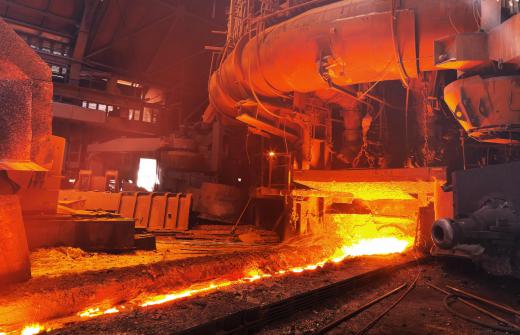Lead smelting pots come in two basic types: the type that is held over a fire until the lead is melted, and the electric version that uses an electric heating coil to heat the lead smelting pots to melt the lead ingots inside. The electric version of lead smelting pots is the most common in use for home smelting projects, while industrial-grade smelting uses a mixture of both versions, albeit on a much larger scale. The smelting of lead can be done to produce a wide variety of components, from wheel balancing weights to fishing sinkers and muzzle loading shooting supplies.
Typically made of heavy cast iron, lead smelting pots can survive the repeated heating and cooling cycles associated with the smelting of lead. Lead is commonly purchased in large blocks requiring the use of lead smelting pots to melt it down to be poured into casting molds. The danger in smelting lead is in the toxic fumes that come off of the lead puddle. Protective suits, respirators and eye wear should always be worn regardless of the type of lead smelting pots being used. While the small, home-use lead smelting pots use regular household current to melt the lead, large industrial pots commonly use extremely high-voltage or carbon rods to create enough heat to melt large amounts of lead in a single pot.

The carbon arc lead smelting pots use carbon rods and electricity to create an arc very similar to a welding arc to create the heat required to melt large amounts of lead ingots. As the carbon arc burns under the large cast-iron cauldron, care must be taken not to burn through the cast iron. Experienced workers ensure that the heat is controlled and the lead is melted in the shortest time possible. Some older mills use a coal or oil fire to heat large cast iron smelting pots to temperature.

The most efficient type of smelting pot is the electric pot. These lead smelting pots use electricity to heat and melt the lead in a similar fashion to a small, home-use pot, but on a much larger scale. The elements can be placed under the pot or inside the pot, depending on design, and can reach the desired temperature in a very short time. Chemical additives are often used to prevent the lead from sticking to the pot, however, in an industrial-type cauldron, the lead is melted around the clock, thereby eliminating any problems from lead remaining in the pot.
